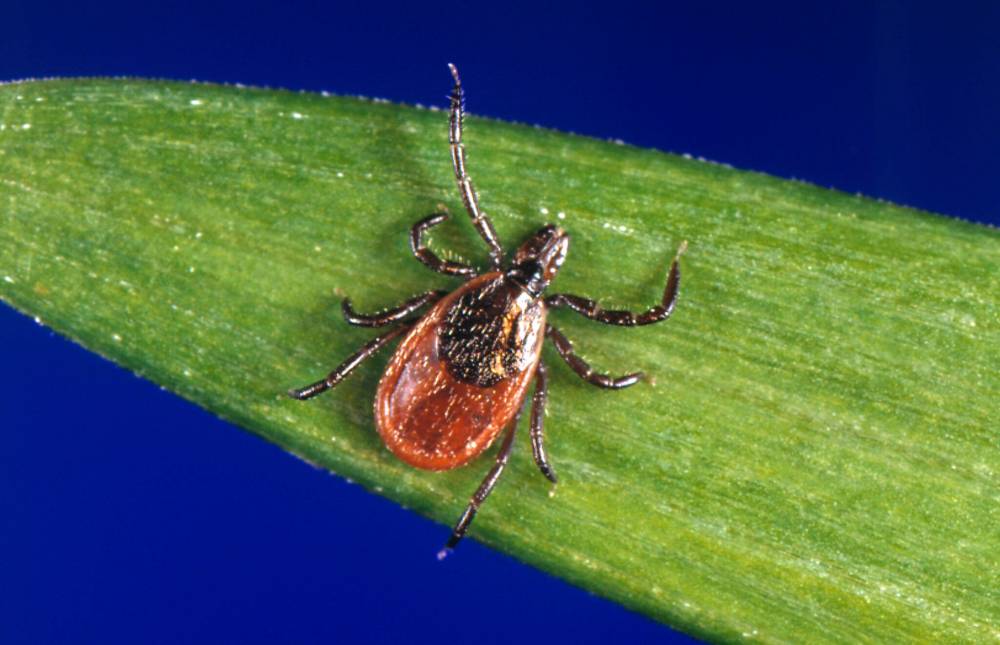Pet disease prevention: pay now, or pay more later
Advertisement
Read this article for free:
or
Already have an account? Log in here »
We need your support!
Local journalism needs your support!
As we navigate through unprecedented times, our journalists are working harder than ever to bring you the latest local updates to keep you safe and informed.
Now, more than ever, we need your support.
Starting at $15.99 plus taxes every four weeks you can access your Brandon Sun online and full access to all content as it appears on our website.
Subscribe Nowor call circulation directly at (204) 727-0527.
Your pledge helps to ensure we provide the news that matters most to your community!
To continue reading, please subscribe:
Add Brandon Sun access to your Winnipeg Free Press subscription for only
$1 for the first 4 weeks*
*$1 will be added to your next bill. After your 4 weeks access is complete your rate will increase by $4.99 a X percent off the regular rate.
Read unlimited articles for free today:
or
Already have an account? Log in here »
WINNIPEG — It’s a grey, windy day in early April and Gus and Sally are enjoying a carefree rip around the Bonnycastle Dog Park, dodging patches of lingering snow while chasing a bouncing tennis ball. The outdoor romp is carefree because the miniature goldendoodles are protected against the springtime return of disease-carrying pests.
“They just went to the vet and got their tick prevention,” owner Gale M’Lot says of the near-identical six-year-old dog siblings.
Purchasing prevention medication — drugs designed to deter critters that transmit Lyme, heartworm and other diseases — is an annual duty for many pet owners, but one that can take a big bite out of the household budget.

M’Lot estimates she spent $500 this year on a season’s worth of anti-parasitic tablets for Gus and Sally.
“It’s ridiculous,” says the retired pensioner. “Every month we have to put money aside to pay for the pills.”
In Canada, prevention meds are available for cats and dogs by prescription only and come in a variety of applications that increase in price based on the size of the animal. Most vet clinics also require an annual checkup with recommended blood testing prior to dispensing.
For Luke Thiessen, whose full-sized goldendoodle Juniper is doing laps around the dog park, the expense is worth the peace of mind.
“We spend a lot of time outside and go out to northwestern Ontario, where there’s tons of ticks; so it’s important to watch out for her health,” Thiessen says. “It’s definitely something to take seriously, especially with more deer ticks being around year-after-year.”
Canine cases of Lyme disease — a bacterial infection passed by deer or blacklegged ticks — are on the rise locally.
“In the last couple of years, we’ve seen a 10 to 20 per cent increase for sure in (Lyme) disease,” says Dr. Marc Philippot, a veterinarian and president of the Rolling Plains Veterinary Corp., which operates clinics in St. Claude, Carman and Notre Dame de Lourdes.
According to data from the Companion Animal Parasite Council (CAPC), which compiles vet-submitted test results, nearly 900 dogs tested positive for Lyme in Manitoba in each of the past two years, compared to roughly 680 in 2022. The actual numbers are likely higher because clinics aren’t required to report positive cases.
Philippot believes the spike in Lyme is due to incorrect drug administration and a pandemic-era dog boom coupled with the rising cost of living.
“People might be having trouble to afford the medication, but the cost of treatment is going to be far more than the cost of prevention,” he says.
Lyme disease is a progressive, lifelong condition that can create arthritic joint pain in dogs and, in a small percentage of cases, can lead to life-threatening kidney failure. Symptoms can take months to appear and many dogs show no symptoms at all, which is why annual blood testing is recommended.
Treatment includes a round of antibiotics, which can cost hundreds of dollars, as well as anti-inflammatory medication to treat flare-ups, Philippot says.
Blacklegged ticks arrived in Manitoba via migratory birds and animals in the late 1980s and have since become endemic. They can now be found virtually everywhere south of the 53rd parallel, including in urban areas.
“Oh yeah, you can find them in your backyard,” says Kateryn Rochon, an associate professor in the department of entomology at the University of Manitoba.
The tiny black and brown arachnids prefer shady areas with ample leaf litter at the transitional zone between different habitats, such as the edge of a forest path, says Rochon.
Dogs tend to pick up more ticks than humans due to their proximity to the ground.
Blacklegged ticks act as a vector for Lyme disease by contracting the borrelia burgdorferi bacteria from an infected animal and passing it to a new host during blood meals.
As with humans, the ticks need to be attached to a pet for a minimum of 24 hours for transmission to occur.

Rochon says it’s important to check yourself, children and pets thoroughly after outdoor activities during tick season, which, for blacklegged ticks, can be anytime the temperature is steadily above freezing.
“In Manitoba, if there’s no snow on the ground, it’s tick season,” she says, adding blacklegged ticks are more prevalent in the fall by virtue of their life cycle.
Misconceptions about tick activity and timelines can hinder the effectiveness of prevention medication, says Philippot.
“Our season could be March to November, or April to October depending on the year, and a lot of people don’t realize that so they don’t start treatment right away or they don’t finish off the year on time. Once it warms up, get those medications ready and on board — starting them early is not an issue,” he says.
Prevention medication is available for dogs and cats as a topical or wearable repellent and injections or chewable tablets designed to kill ticks and fleas that latch onto an animal. Short-acting meds should be given every four weeks, while other varieties remain effective for eight to twelve weeks.
Several brands offer full-spectrum coverage against multiple pests, including ticks, fleas and heartworms. There’s also a Lyme vaccine available for dogs that spend a lot of time outside in heavily infested areas.
Heartworm is a less common condition than Lyme, but can be more lethal.
Last year in Manitoba, there were 178 cases of the mosquito-borne disease reported to CAPC.
Heartworm larvae are passed via mosquito bite from an infected animal to a new host. The larvae travel through the bloodstream and take up residence in the heart and other vital organs, where they grow into long thin worms and can cause permanent tissue damage.
Symptoms can take months to appear and include a persistent dry cough, lethargy, weight loss, exercise intolerance and difficulty breathing.
Heartworm prevention acts as a pre-emptive dewormer, killing the immature parasites if contact occurs during mosquito season, which typically runs June to November in Manitoba.
Treatment for advanced heartworm can require a lengthy protocol of hospitalization, antibiotics, steroids and restricted exercise for several months.
“Over the long-term, you might be spending small amounts per year (on prevention), but I can tell you, out of experience, a heartworm treatment can be $6,000 to treat these bigger dogs,” Philippot says.
Philippot says it’s best to consult with your veterinarian to determine the best course of prevention medication for your pet’s lifestyle.
» Winnipeg Free Press
